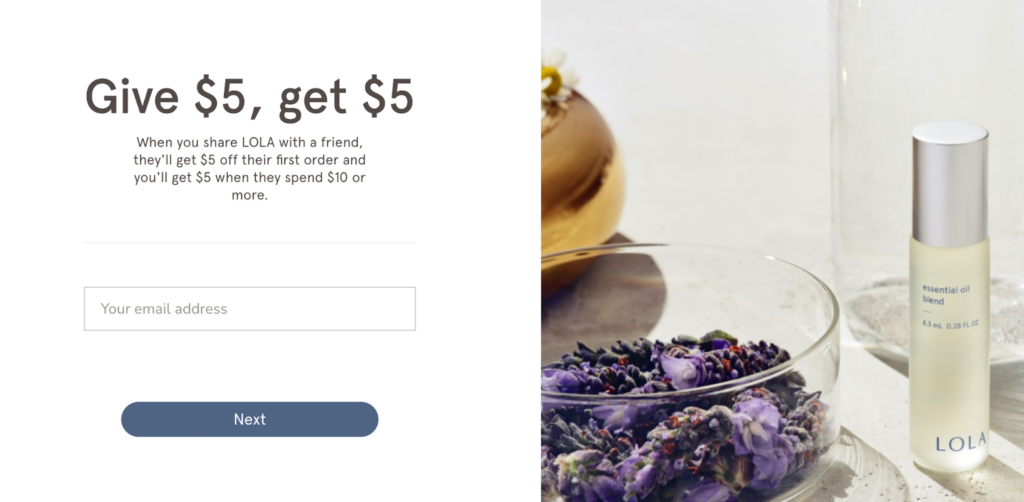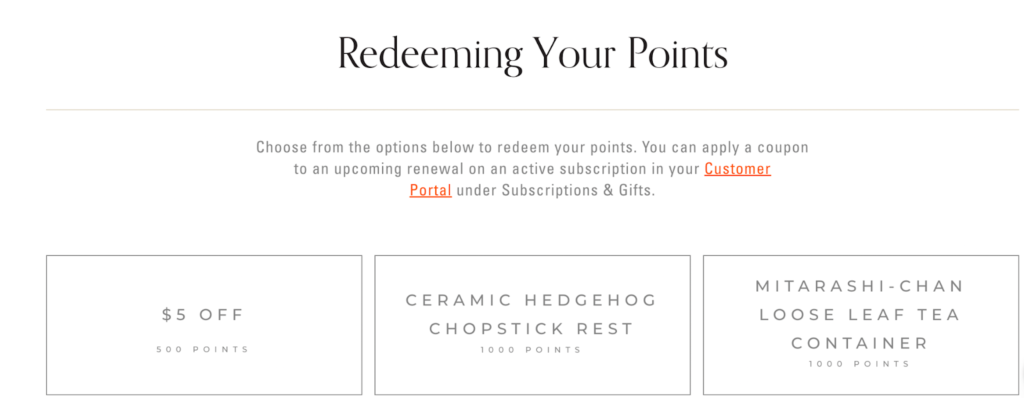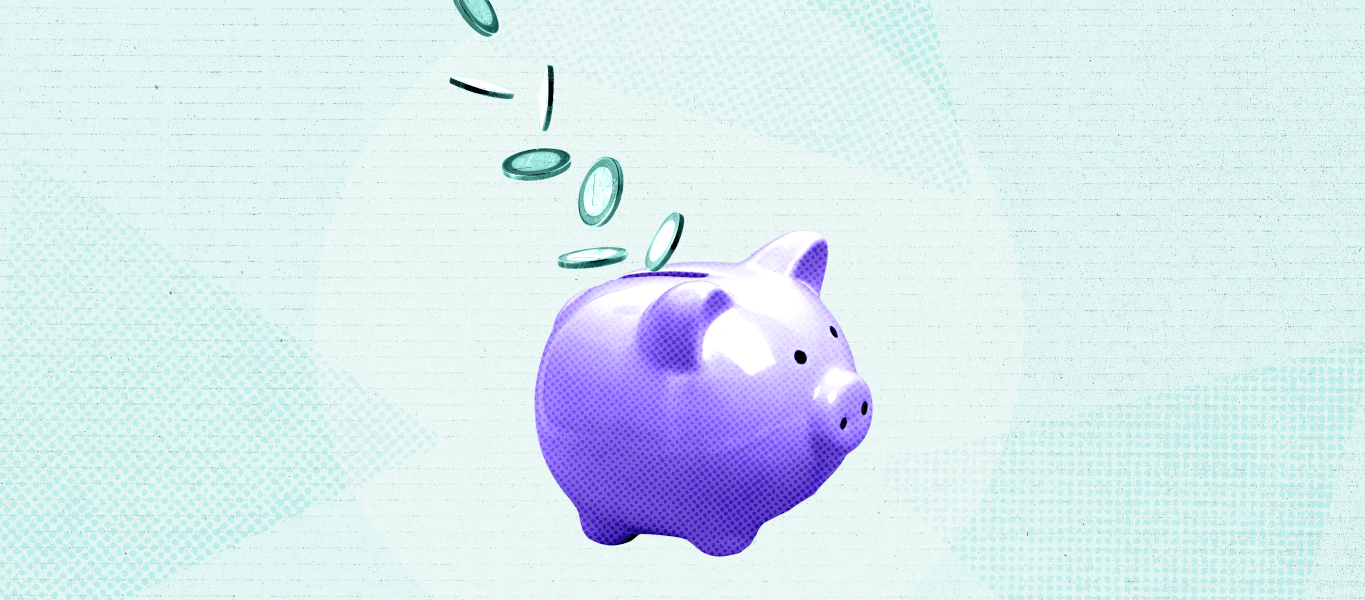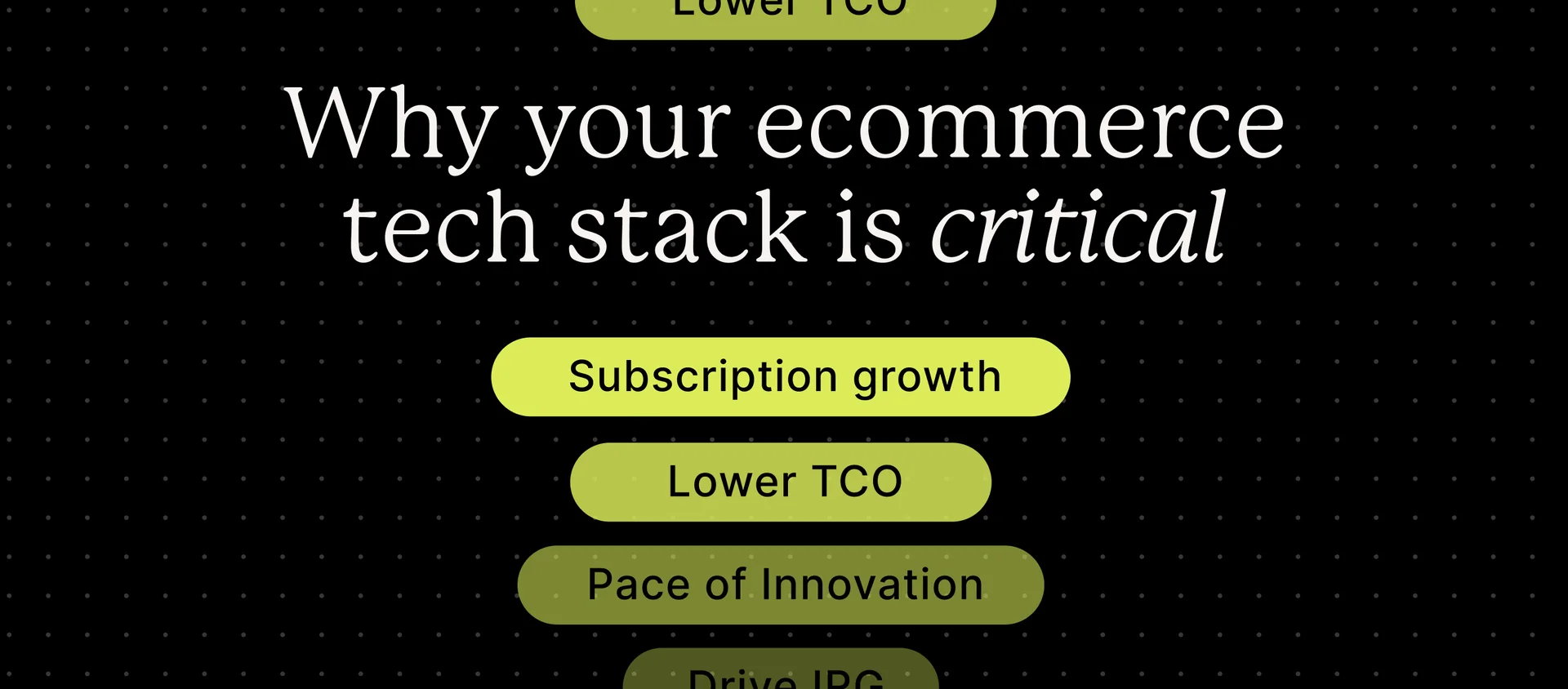Last weekend, I got a free latte and a free snake plant—my local coffee and plant shops both offer punch cards, so after my 10th coffee drink and 5th plant purchase, I get a free drink and a free plant. Many brick-and-mortar businesses let their customers redeem a discount or free item in-store after they’ve completed a certain amount of purchases.
Many ecommerce businesses have adopted the same strategy. With rewards programs, they incentivize customers to spend money, inspire new shoppers to become regular customers, and create strong relationships with these loyal customers.
In this post, we’ll explore the benefits of rewards programs, customer loyalty program examples, and how your business can start a rewards program.
What is a rewards program?
A rewards program is when businesses offer their customers rewards points and the ability to earn other perks. These benefits increase customer loyalty and motivate your customers to spend more with you.
Different types of rewards programs
- Points program
With a points program, customers earn points for a variety of actions. These actions can include making an account, sharing the brand on social media, or leaving a review. Typically, customers will also earn points for every purchase. You can decide how you reward these points, such as determining the system to award points per dollar.
Then, customers can apply their loyalty points for a variety of rewards, such as a percentage discount, free products, or free shipping. This type of program lets customers earn rewards through multiple earning actions, and gives them autonomy in choosing how to use their loyalty points.
- Referral program
Often, a major way to earn points in a points program is through referrals. Flywheel marketing is when your customers turn their friends into customers. It’s an organic and effective marketing strategy where people learn about your business through word of mouth.
With referral programs, both the referrer and the referee can earn rewards. Typically, businesses will offer something like, “When your friend signs up, you both get 15% off.” This way, the referrers are motivated to invite their friends, and the new customers get a reward too.
- Tiered program
With a tiered program, you can actually gamify your customer loyalty program. This is similar to a points program, but it adds in member tiers. With this rewards program, your customers unlock free rewards and exclusive benefits based on their level in the program.
You motivate customers to continuously engage with your loyalty program. With increased engagement and actions, they hit new thresholds that move them into the next tier. Each new tier comes with increased benefits and other rewards.
In new tiers, they can redeem rewards like early access, exclusive offers for new products, or additional point-for-purchase (like 2 points per $1 spent vs. 1 point per $1 spent).
The four benefits of adopting rewards programs for your business
There are many benefits to implementing a customer loyalty program. Overall, they enhance the customer experience and motivate customers to be active with your business.
- Reward current customers
It’s a known fact that customer acquisition is more expensive than retention, so it’s a good idea to reward your existing customers and keep them satisfied. With rewards programs, you help your most loyal customers feel appreciated and good about supporting your brand. Loyalty programs build strong emotional connections with your customers and incentivize them to keep coming back. With rewards, you can tangibly show your appreciation for customers’ business and also help them save money.
- Organic marketing opportunities
With a customer rewards program, your customers will be more likely to post about your brand. For example, you can reward them for sharing or reviewing on social media. And, they may even offer their followers their discount code for your brand. Word of mouth is the most powerful marketing play, as people are always more likely to trust something verified by a close friend or person they trust.
- Build brand loyalty
In the era of relational commerce, businesses want to create relationships with their customers. With a rewards program, they get to create a two-way street—customers spend money, increase their engagement, or help promote, and the business rewards customers with points and discounts.
- Exclusive opportunities
There are many products and services that beat out free ones because of the advantages they offer, like no advertisements on a streaming service, or exceptional customer service with a certain credit card. With loyalty programs, you inspire motivation in your customers and give them more than just the product they’re buying. You can gain a competitive advantage by giving great rewards.
3 rewards program examples
- Bumpin Blends
Bumpin Blends makes superfood smoothie cubes to help manage everyday symptoms, like fatigue and headaches. For their customer reward program, they utilize a points program. Subscribers earn points with every purchase, and can also accumulate even more through referring friends, leaving reviews, or following Bumpin Blends’ social media accounts. Bumpin Blends has four loyalty tiers, and as subscribers advance, they unlock new perks—priority personal concierge, exclusive gifts, and access to taste test new flavors.

- LOLA
LOLA, the first lifelong brand for reproductive health, creates products that are transparent and accessible for everyone. As their customer’s trusted reproductive health brand, LOLA offers essential products, like tampons made from 100% organic cotton.
With their customer reward program, LOLA uses a traditional points system and offers customers multiple ways to earn points. Customers can follow their social media accounts, take a survey, or leave a review. When it’s time to redeem points, every 100 points gives them $5 to spend with LOLA.

- Bokksu
Bokksu is a premium subscription service that delivers a cultural and gourmet journey through Japan. Bokksu rewards members every time they shop, and also grants customers reward points for other actions, like signing up for their mailing list. Additionally, customers get a special birthday reward.
Bokksu has a tiered rewards program. As a customer spends more money, they gain access to exclusive deals. For example, they get early access to new boutique arrivals, earn more points for money spent, and get a larger birthday bonus.

Starting a rewards program
If you’re ready to start your own loyalty program, here’s how to get started.
First, make sure you understand customer behavior. Look at your customer data to see how much money your customers spend, what products they purchase, and how frequently they shop. This can help you decide what type of rewards program to implement and what rewards to offer. It’s especially important to offer them relevant perks—for example, they might care way more about being able to save money with points than getting early access to a sale.
Second, while you want to build an enticing program for your loyalty members, also consider what will attract new customers—for example, they might be attracted to free shipping on their first order. You can offer customers an enhanced customer experience and more relevant perks if you have a solid grasp of customers’ lifestyles. Make sure to set goals as you roll out the customer loyalty program so you can assess how it is performing, and what you may need to change.
Finally, investigate different tools that will help manage loyalty programs. Many Recharge merchants integrate loyalty tools into their tech stack to help automate and optimize their program. A rewards program is a perfect fit for a subscription business, because customers are already making repeat purchases.
With every dollar spent, they can gain points and unlock new rewards. This will help increase sales, boost customer satisfaction, and overall, support the creation of an authentic relationship. Everyone enjoys being appreciated, and with a rewards program, you can tangibly show your customers you’re thankful for their support, and invested in their experience.



